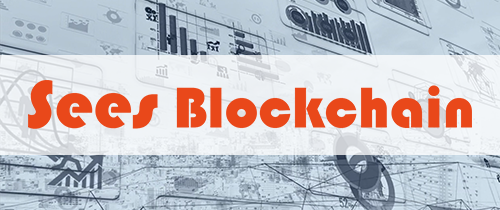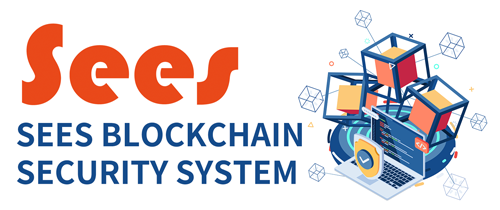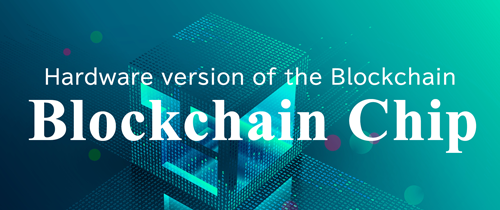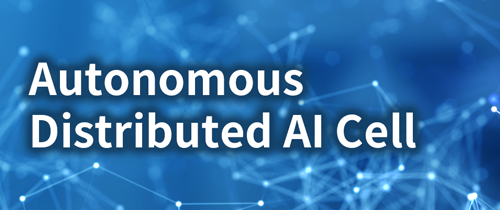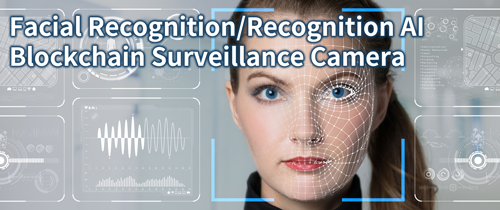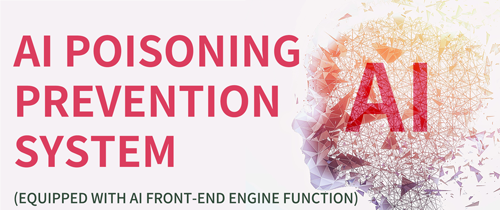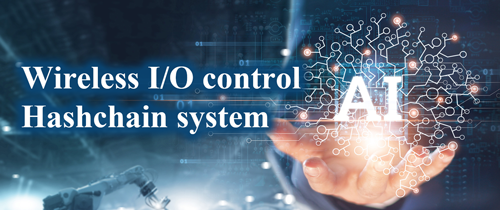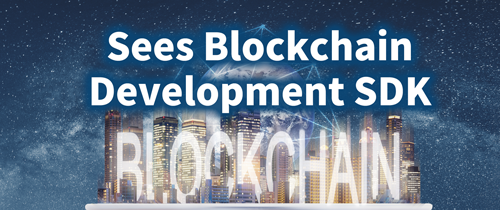Products & Services
- Sees Blockchain
-
BackSees Blockchain is the result of research that has taken shape since the dawn of blockchain. We have educated and deployed the importance of data security.
-
 Sees Blockchain
Sees Blockchain
Multiple applications can be added, and data is safe because it is encrypted, divided, and stored in a distributed manner. -
 Blockchain Server
Blockchain Server
You can get a blockchain node server with pre-installed blockchain just by purchasing it.
-
- Enterprise
Blockchain -
BackVarious functions are implemented so that the blockchain can be integrated with more applications.
-
 NFT-based reservation rights issuance and trading system
NFT-based reservation rights issuance and trading system
Reservation NFT for unattended reservation fair trade. issue reservation NFT and build a trading website. -
 Pre-packaged Blockchain
Pre-packaged Blockchain
We deliver blockchains customized to your specifications with ready-made applications that answer all your needs.
-
- Blockchain SaaS
-
BackSaaS that provides the Sees Blockchain via cloud computing to enable secure recording and proofing of various types of data.
-
 Consensus Lock
Consensus Lock
Mutually confirm and share the consensus and conclusions of all participants in a meeting to prevent unnecessary problems!
-
- Embedded
Blockchain -
BackBlockchain built into a small terminal! Portable blockchain that can be used for remote work, etc.
-
 Sees Blockchain Security System
Sees Blockchain Security System
A security system that meets the four security requirements of information leakage prevention, tampering prevention, stable operation, and user authentication to significantly reduce risk. -
 Blockchain Transformers
Blockchain Transformers
Just plug it into your PC and it becomes a blockchain node. Data security can be strengthened and data can be safely exchanged even when working from home. -
 Blockchain Gateway
Blockchain Gateway
Realize a "blockchain environment" by simply connecting to a LAN. Strong security protects documents and data files from tampering or leakage.
-
- Blockchain Chip
-
BackBased on the innovative technology of blockchain as a chip, we were the first in the world to introduce blockchain to the IoT.
-
 Blockchain Chip
Blockchain Chip
Revolutionary technology for the IoT with the ultimate miniaturization of the blockchain on a single chip. Provides an inexpensive and secure data assurance recording system. -
 Mobile Blockchain Nodes
Mobile Blockchain Nodes
Mobile devices for internal use are converted into blockchain nodes, and the blockchain network provides perfect protection for transmitted and received data.
-
- AI Blockchain
-
BackAutonomous decentralized AI added to a decentralized network of blockchain chips; the world's first technology that merges AI and blockchain.
-
 Autonomous Distributed AI Cell
Autonomous Distributed AI Cell
A blockchain chip and a CPU for distributed AI are contained in a single chip. It is a composite chip that acts like an artificial neuron. -
 Facial Recognition/Recognition AI Blockchain Surveillance Camera
Facial Recognition/Recognition AI Blockchain Surveillance Camera
Facial recognition/Recognition AI and blockchain on a single chip embedded in a camera. It is the ultimate AI blockchain surveillance camera. -
 AI Poisoning Prevention System
AI Poisoning Prevention System
The AI front engine is also implemented to prevent the input of erroneous information.
-
- Hashchain
-
BackChip hash chain, the third layer of blockchain, based on Sees's proprietary technology.
-
 Scramble Memory
Scramble Memory
Scramble memory, the ultimate information recording method that cannot be read even if stolen, is the appropriate way to protect information in the age of zero-trust. -
 Wireless I/O control Hashchain chip
Wireless I/O control Hashchain chip
Wireless transmission system that allows data transmission to and from sensors and actuators via a single channel. Safety is ensured by the third layer of blockchain. -
 Autonomous Distributed AI Cell(Hashchain Edition)
Autonomous Distributed AI Cell(Hashchain Edition)
A Hashchain chip and a CPU for distributed AI are integrated into a single chip. It is a composite chip that acts like an artificial neuron.
-
- Development and
implementation support -
BackVarious tools that allow anyone to easily learn and build blockchain, as well as an OS dedicated to blockchain.
-
 Sees Blockchain Development SDK
Sees Blockchain Development SDK
This kit allows you to build blockchain applications without any technical knowledge. Development support is also included. -
 Blockchain custom-made development
Blockchain custom-made development
Original blockchains can be built on a low budget and in a short period of time, and can be integrated with existing in-house applications. -
 Support for blockchain implementation
Support for blockchain implementation
This service is for customers who want to introduce blockchain or develop their own blockchain. -
 Blockchain Learning Tool "Hakoniwa System"
Blockchain Learning Tool "Hakoniwa System"
You can run the blockchain in your local environment. It is the only tool that allows you to learn smart contracts while seeing what's inside the blockchain. -
 Sees Blockchain Linux
Sees Blockchain Linux
The ultimate blockchain Linux for fast and stable blockchain operation, available in cloud and embedded versions.
-

